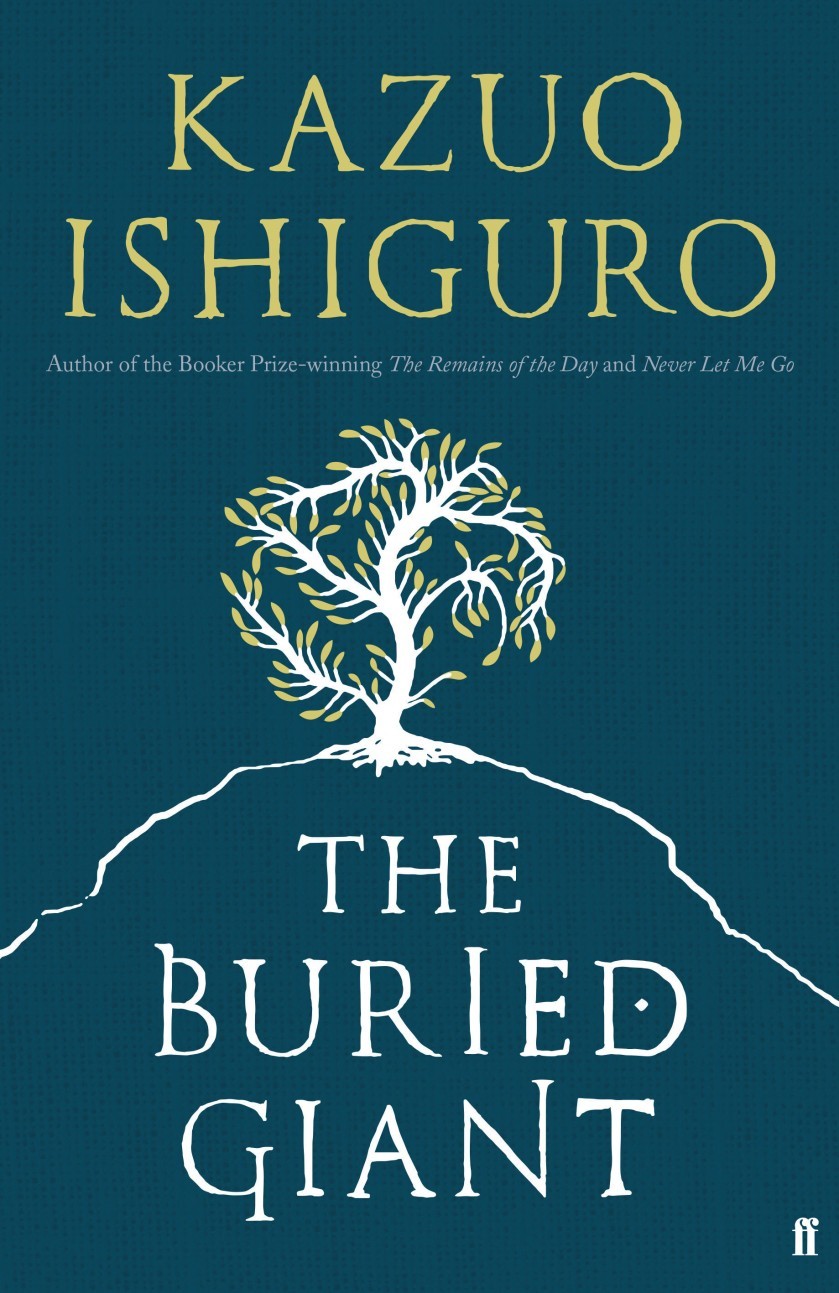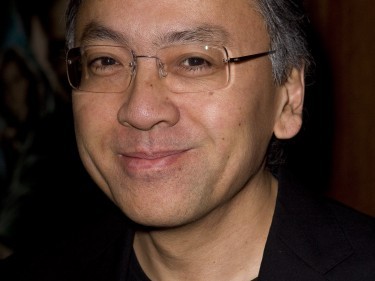Published by Faber & Faber
Never mind book of the week, The Buried Giant will quite possibly scare off competition to be my book of the year. A decade after Kazuo Ishiguro’s last novel Never Let Me Go left me and millions of others in tears, he’s returned to the same impeccable form with a story that’s just as tender, thought-provoking and moving.
The Booker Prize winning author of The Remains Of The Day has been far from idle in the last 10 years, publishing a volume of short stories, Nocturnes, in 2009 and seeing Never Let Me Go safely onto the big screen in 2010, but The Buried Giant had a false start and was scrapped after his wife deemed it not up to scratch. What we have now is perhaps all the better for being allowed to steep in his subconscious for so long.
His previous novels have mostly been set in a recognisable past, with the exceptions of the dreamlike and critic-dividing The Unconsoled and Never Let Me Go, an alternate reality in which cloned children were bred to be organ donors. Here, Ishiguro mines the mythical realm of post-Arthurian Britain – a land where ogres, pixies and knights errant all roam. It’s a plucky genre departure that fits naturally with his other-wordly style of storytelling, where ellipses are king and the reader is left to fill in the gaps using their own imagination. It’s part quest narrative and part love story.
Axl and Beatrice are an elderly couple, living in an underground warren of dwellings on the edge of a bog. One morning, they decide to go on a journey to visit their son, even though they can’t remember where he lives or why he’s not now with them. A mist has descended over the country which is robbing the native Britons of their memories and it emanates from the breath of a she-dragon called Querig.
On their travels, they meet a Saxon warrior called Wistan, who is tasked with slaying the dragon and the elderly Sir Gawain, one of Arthur’s knights, who hasn’t yet managed the same feat. The country for now is at peace, but tensions are bubbling not far beneath the surface.
As with all of Ishiguro’s writing, it’s a deceptively simple tale, supported by carefully wrought dialogue which drip-feeds morsels about each character’s murky past as they gradually remember moments. But it ponders the universal theme of forgetting, as a couple and as a nation – should certain memories stay forgotten? And are happy memories the oil that keeps love burning strong over a lifetime? – which will stay with you long after you’ve closed the book, lump firmly in throat.
The film rights have already been acquired and the author is anxious his book’s dealt with gently and not pigeon-holed as merely ‘fantasy’ – but with the upwelling of praise for The Buried Giant, surely Ishiguro has nothing to fear and another spot on the Booker Prize shortlist is a matter of course.


